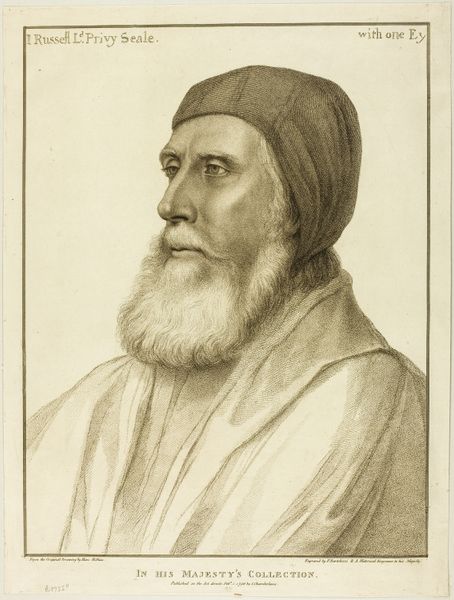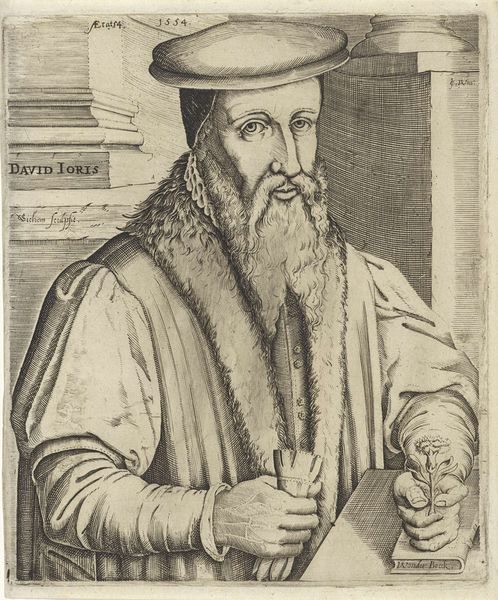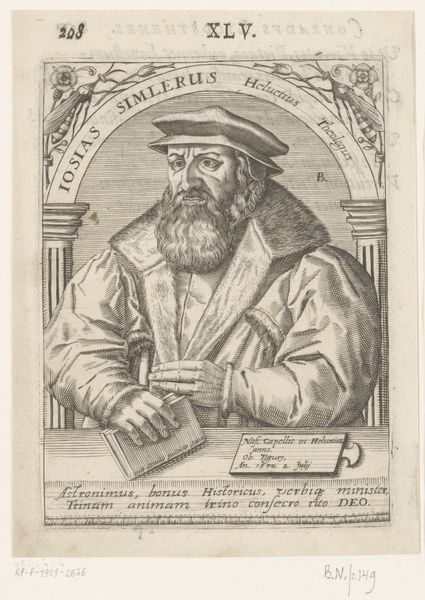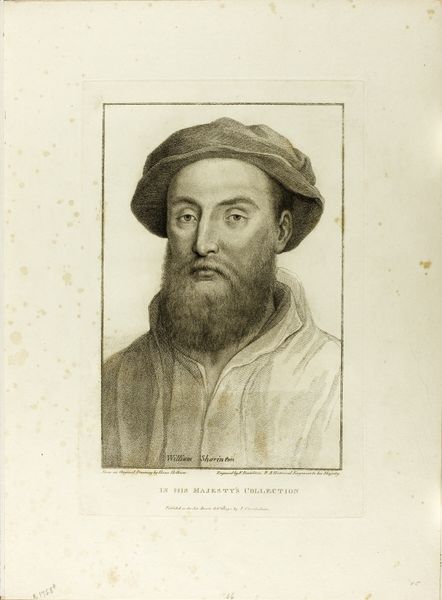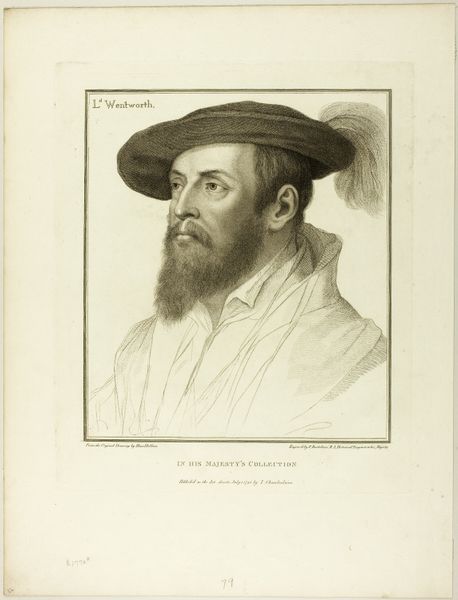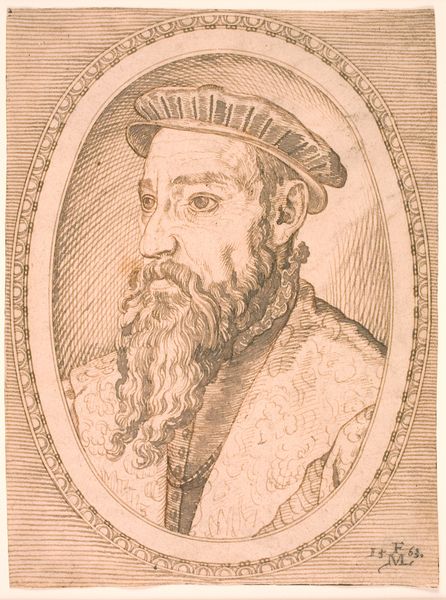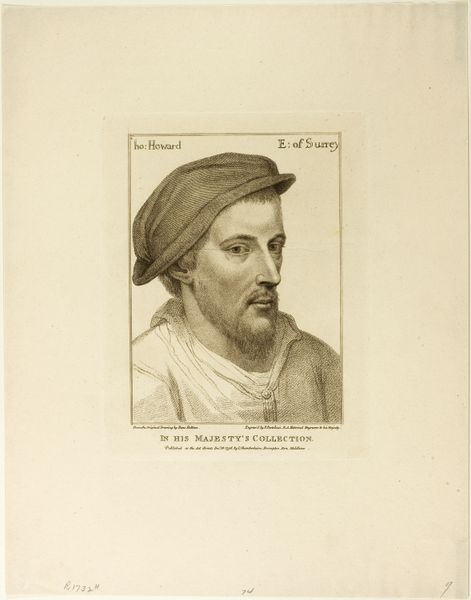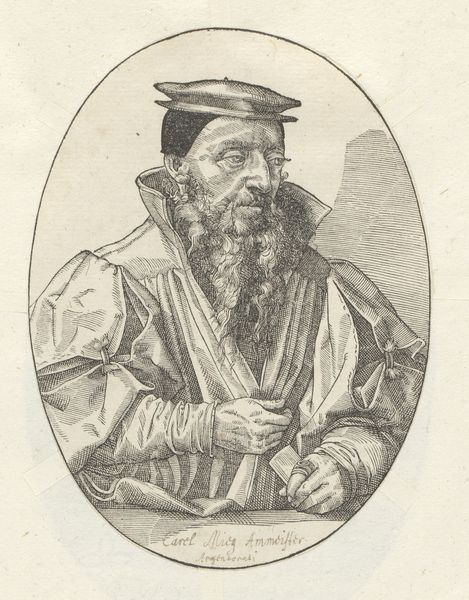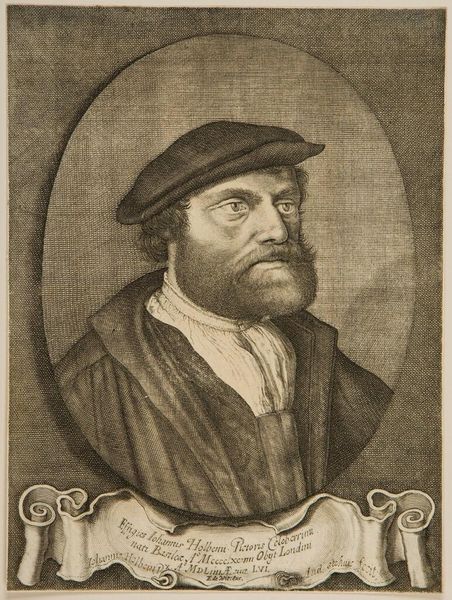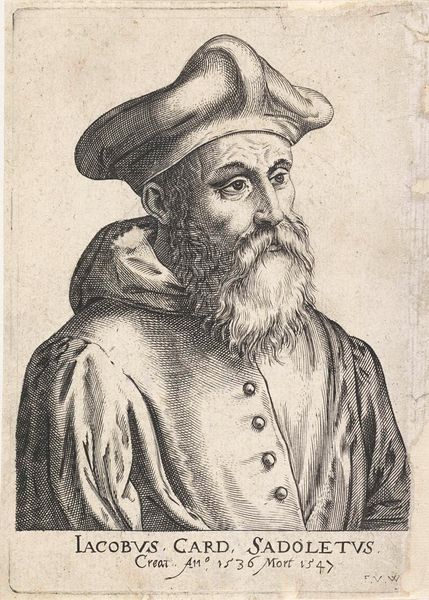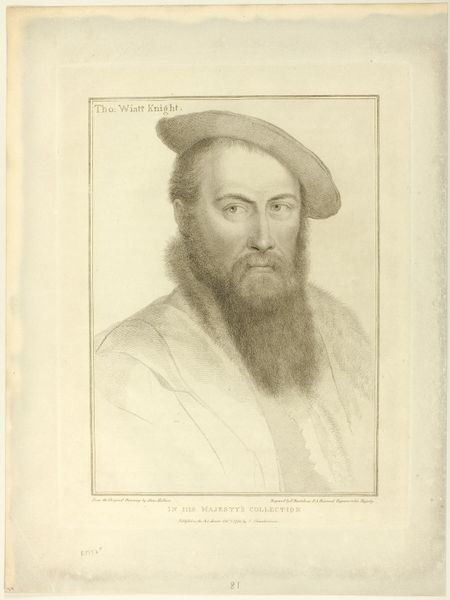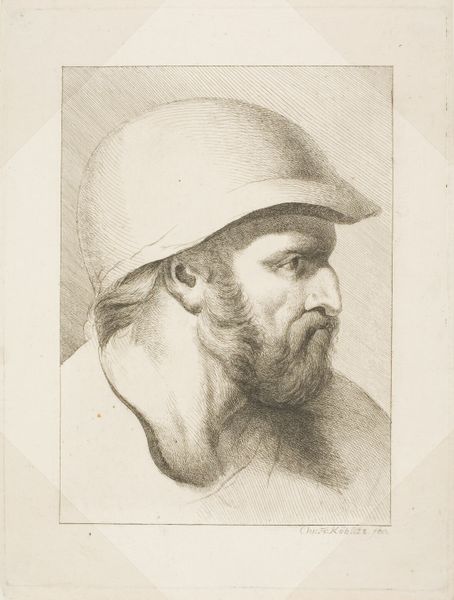
drawing, print, paper, engraving
#
portrait
#
drawing
#
neoclacissism
# print
#
paper
#
portrait drawing
#
history-painting
#
engraving
Dimensions: 395 × 285 mm (image); 443 × 330 mm (sheet, cut within platemark)
Copyright: Public Domain
Curator: This is "Sir John Gage", an engraving created around 1796 by Francesco Bartolozzi, currently held in the collection of The Art Institute of Chicago. Editor: There's a stillness about it. Very composed. The light seems to just gently caress his face and clothing. Almost like a secret held in plain sight. Curator: Absolutely, and consider the context in which Bartolozzi was operating; he really popularized stipple engraving in England, and we see it in full effect here. Notice how that method yields these almost atmospheric effects. The piece resides within the neoclassical movement. Editor: I find myself pondering what sort of person Gage might have been. His eyes hold this serene sort of resolve...like he's seen it all but is keeping it to himself, doesn't give off that posed, aristocratic look so many portraits of the time have. Curator: I’d argue Bartolozzi intentionally subdued that overtly posed characteristic in the act of his technique itself. Remember that reproductive engravings democratized images; no longer were portraits only for the sitter. They could be distributed, owned and consumed, just like Gage's service to his King was a public duty. The material transformation mirrors this. Editor: It’s captivating how something made by meticulous process feels so intimate, like catching a glimpse of a real person. You know I think there’s more of the hand than we realize: paper, ink, and labor make for potent alchemy, I believe, even if the image's origins are courtly. Curator: In the details, such as the inscription indicating the print was "In His Majesty’s Collection," highlights the nexus between royal patronage and the flourishing print industry, where visual representation and material production go hand in hand. Editor: It is true that artmaking is much about commerce and ownership. It shifts things... I think I like him still the same though, regardless of who ordered what! Curator: Seeing through that lens changes how we appreciate its existence and legacy. It provides insight beyond aesthetics. Editor: So true. Every tiny little line, etched and considered in relation to labor and its social role... I feel a real humanness through it all today, maybe more than I did five minutes ago! Thanks for that, for real!
Comments
No comments
Be the first to comment and join the conversation on the ultimate creative platform.
